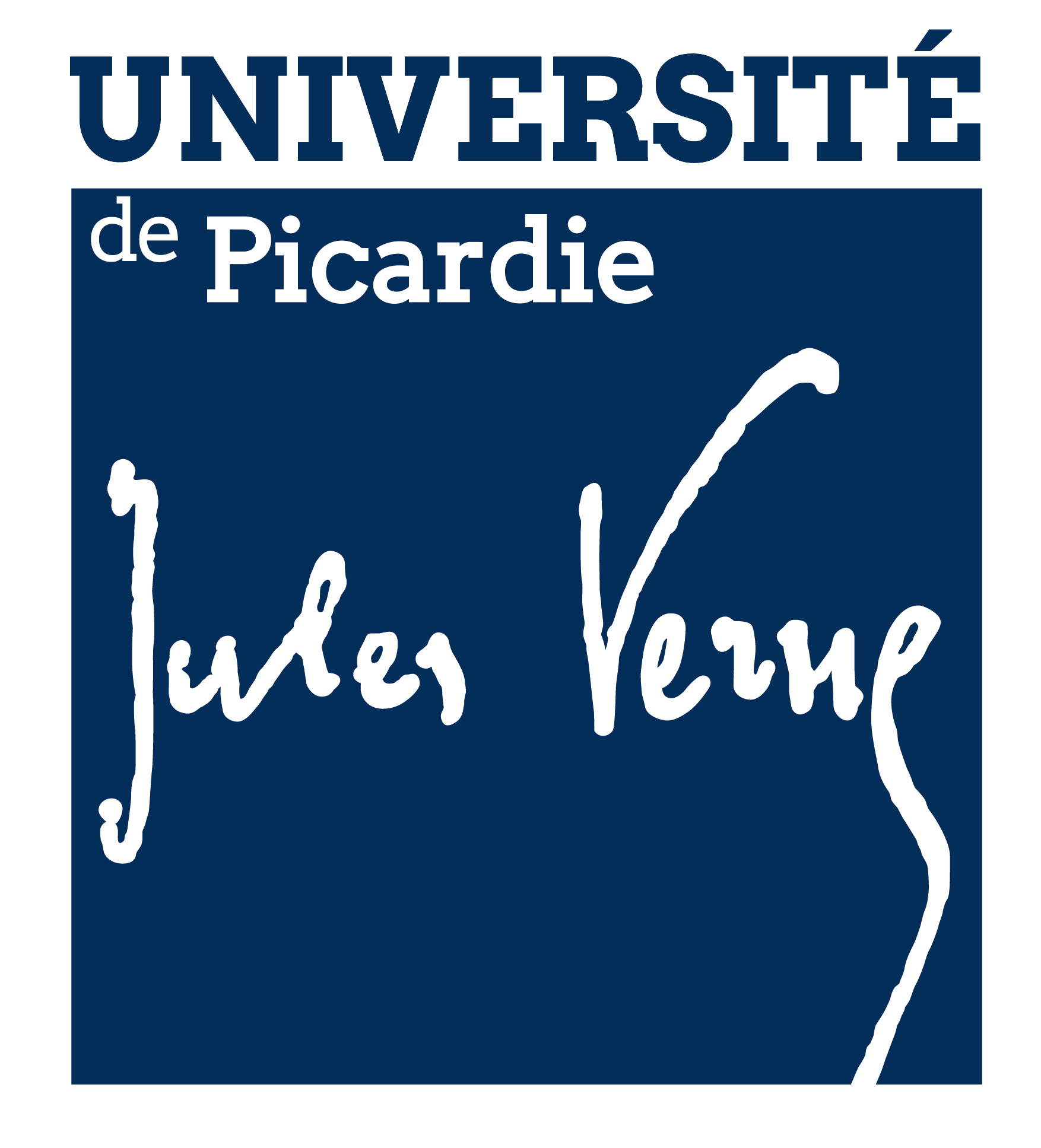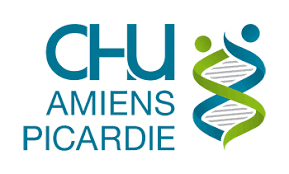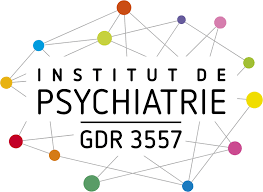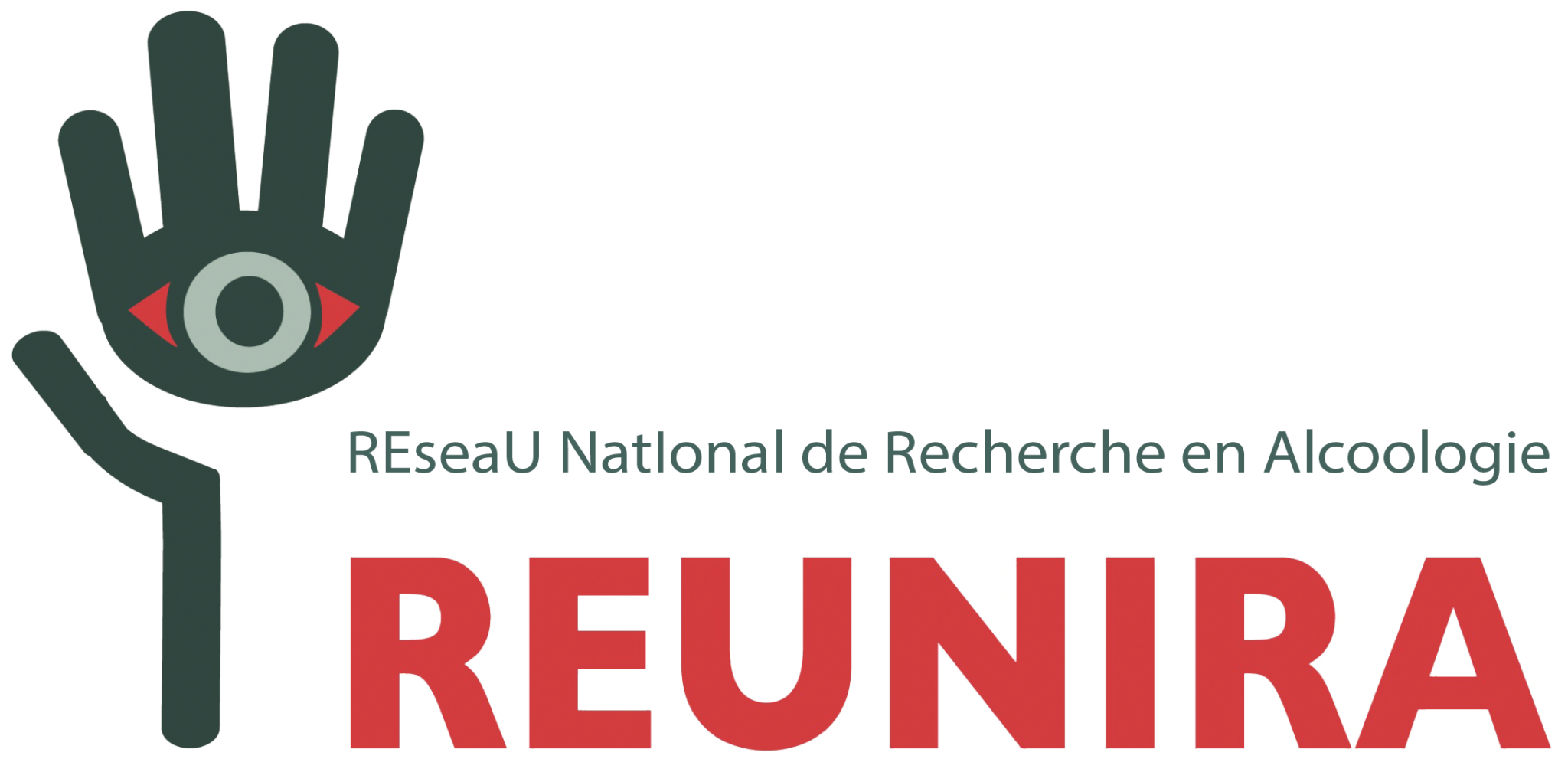-
Health and Nutrition
Research Group on Alcohol & Pharmacodependences (GRAP)
Research unit - INSERM UMRS 1247
This research unit is a partner of the University Hospital Federation FHU A2M2P Improving the prognosis of addictive and mental disorders through personalized medicine. It is also a member of the Institute of Psychiatry and the GDR3557 Psychiatry-Addictions.
Her research activities focus on:
• Alcohol addiction and alcohol-related liver disease
• Genetic and environmental factors and more particularly the early exposure (in utero/adolescence) that are involved in vulnerability to alcohol dependence
• The impact of binge drinking in adolescence on brain and cognition in student populations and its prevention
• Psychiatric comorbidities (anxiety-depression-schizophrenia)
• The establishment of various animal models unique in France, such as the alcohol addiction model (physical and psychological) or voluntary binge drinking. The alcohol addiction model allows us not only to study the vulnerability to develop the disease and to liver damage but also to test new drugs (psilocybin, LSD...) before moving on to clinical trials
• The mechanisms involved in vulnerability to acute alcoholic hepatitis and alcoholic hepatocarcinoma
• Factors involved in the response to treatment are being investigated as well as the role of the gut microbiota.
-
Jérôme Jeanblanc
Communications manager -
Mickaël Naassila
Director -
Eric Nguyen-Khac
Deputy director -
Olivier Pierrefiche
Contact -
Annick Pranger
Secretary
Université de Picardie Jules Verne – Chemin du Thil
80000 AMIENS
.jpg)
Effectif
Effectif total : 24
Personnel de recherche : 12
Personnel d'appui à la recherche : 5
Skills
There are several lines of research:
• Individual and environmental factors involved in binge drinking in young people (clinical and animal model studies)
• Brain consequences of binge drinking and alcohol addiction (cognitive deficits, including memory processes and synaptic plasticity; psychiatric comorbidities). Modelling binge drinking behaviour in young people.
• Somatic consequences of binge drinking and alcohol addiction, in particular: pathophysiological mechanisms of acute alcoholic hepatitis and alcohol-induced hepatocarcinoma. Cellular models allow us to elucidate the mechanisms involved in the aggressiveness of alcohol-related hepatocarcinoma
Animal models of binge drinking and alcohol addiction allow us to understand the neurobiology and evaluate the relevance of novel treatments as well as to consider clinical trials in patients with alcohol use disorder and/or alcohol-related liver disease.
Example(s) of projects
2. ADELY LSD: Treatment of alcohol dependence with lysergic acid diethylamide (LSD): translational approach and clinical efficacy study (ADELY). (https://grap.u-picardie.fr/projets/adely-lsd/)
3. HEPATALC: Dysbiosis of the intestinal microbiota in acute alcoholic hepatitis: a translational approach. (https://grap.u-picardie.fr/projets/hepat-alc-microbiote/)
4. PREFRONTNALC Preventing binge drinking and alcohol addiction by targeting dopamine D1 and D2 receptor imbalance and medial prefrontal cortex dysfunction. (https://grap.u-picardie.fr/projets/prefrontnalc/)
Example(s) of publications
2. Astrogliosis and compensatory neurogenesis after the very first ethanol binge drinking-like exposures in adolescent rat C Vilpoux, G. Fouquet, C. Deschamps, E. Lefebvre, P. Gosset, J. Antol, L. Zabijak, I. Marcq, M. Naassila, O. Pierrefiche2021. Alcohol Clin Exp Res. Doi : 10.1111/acer.14757
3. Mechanisms of chronic alcohol exposure-induced aggressiveness in cellular model of HCC and recovery after alcohol withdrawal. Marié C, Fouquet G, Courtois A, Amrathlal RS, Jankovsky N, Ouled-Haddou H, Tebbakha R, Bouhlal H, Nguyen-Khac É, Naassila M, Marcq I. Cell Mol Life Sci. 2022 Jun 17;79(7):366. doi: 10.1007/s00018-022-04387-y
4. Memory and plasticity impairment after binge drinking in adolescent rat hippocampus: GluN2A/GluN2B NMDA receptor subunits imbalance through HDAC2. Drissi I, Deschamps C, Fouquet G, Alary R, Peineau S, Gosset P, Sueur H, Marcq I, Debuysscher V, Naassila M, Vilpoux C, Pierrefiche O. Addict Biol. 2019 May 6:e12760. doi: 10.1111/adb.12760.
5. Anti-inflammatory drugs prevent memory and hippocampal plasticity deficits following initial binge-like alcohol exposure in adolescent male rats. Deschamps C, Uyttersprot F, Debris M, Marié C, Fouquet G, Marcq I, Vilpoux C, Naassila M, Pierrefiche O. Psychopharmacology (Berl). 2022 Jul;239(7):2245-2262. doi: 10.1007/s00213-022-06112-w
You can find all publications here : https://grap.u-picardie.fr/publications/
Collaborations/Partners/Scientific clients
International : Université de Camerino, Université de Heidelberg, Université de Nijmegen (Pays-Bas), Université de Leuven (Belgique), Université de Portsmouth (UK)
Collaborations/Partners/Private Clients
Services provided
Different species are used (rat, mouse) to study the behavioural response to alcohol and addictive behaviour.
Sensitivity to the acute effects of alcohol is studied by various tests (locomotion, sedation, ataxia, hypothermia). The same tests can be used with repeated exposure to alcohol to study the phenomenon of tolerance and reverse tolerance (behavioural sensitisation to motor stimulant effects; see ANR project SENSIBALCO).
Anxiety-like behaviour is also studied because anxiety is one of the manifestations of withdrawal and may motivate ethanol consumption for its anxiolytic properties. The three tests used are the elevated plus maze, the light-dark box and the open field and thigmotaxis.
Cognitive, learning and memory abilities are measured in several tests such as the 8-arm radial maze and novel object recognition.
Different cellular models of cancers are used to understand the mechanisms by which chronic exposure to alcohol induces an increase in cancer aggressiveness and the effects of alcohol withdrawal.
The other protocol of choice used routinely in the laboratory is that of operant self-administration of ethanol by mouth in Skinner cages. In this procedure the animal has to perform a task to obtain alcohol: pressing a lever or inserting its snout into an orifice. This procedure makes it possible to determine the animal's motivation to consume alcohol because it is possible to increase the "price to pay" progressively during the same session, i.e. each time the animal consumes alcohol, the next one will be more expensive (higher number of presses required to deliver alcohol). In this so-called "progressive ratio" protocol, when the animal "cracks" (stops pressing), the maximum number of presses made to obtain the last alcohol delivery constitutes the "break point", a direct reflection of the animal's level of motivation to consume alcohol. After a learning phase of several weeks, it is possible to subject the animals to a period of abstinence and then relapse induced by different stimuli (alcohol, discriminative stimulus associated with alcohol such as a light signal, stress).
To study alcohol addiction, the Unit uses operant alcohol self-administration coupled with the induction of physical dependence through chronic (>7sem) and intermittent (14h/d) exposure to ethanol vapour (40mg/l of air) to achieve target BACs of 1.5 to 2.5g/l. Only this procedure allows the study of the phenomenon of alcohol dependence with the appearance of the neuro-adaptations and the negative emotional state characteristic of addiction. The team can induce addiction in 70 rats and 100 mice simultaneously.
Finally, exposure at an early stage of life (in utero and adolescence) is a strong predictor of the risk of developing addiction, but the neurobiological mechanisms remain unknown. The Unit has two early exposure procedures: 1) consumption of a 10% alcohol solution by pregnant and lactating mothers and 2) in adolescence, exposure to massive (3g pure ethanol/kg body weight) and repeated alcohol intoxication.
The Unit has recently set up a unique and original model of binge drinking in rats that voluntarily self-administer massive quantities (1 to 3 g of pure ethanol per kilo of body weight) in a record time (15 minutes). This model makes it possible to study the individual and environmental factors involved in this behaviour and also to find effective pharmacological tools.
The unit has set up a model of liver damage induced by chronic alcohol consumption in order to study changes in the intestinal microbiota and to test the effectiveness of intestinal microbiota transplantation (on the disease and on the response to treatment).
Training offers
Our Unit is responsible for the DU of Addictology and co-leader of the neuroscience course of the MASTER BISA.
Consulting services
- Alcohol vapour exposure system - ANALOX system, blood alcohol measurement
- Stereotactic microsurgery stations
- Extracellular electrophysiology and
patch clamp - fast cyclic voltametry
- Liquid scintillation beta counter, platform
reactivity platform
- Nucleic acid extractor, PCR - Cell culture
- Cell imaging station
- Vibratome, cryomicrotome
Discover the detailed list of equipment: https://grap.u-picardie.fr/laboratoire/techniques/
Biological materials
Affiliated institutions / organisations
Partner institution(s)
Groups/Networks/Federations
Regional strategic areas of activity
- Health and Nutrition
- Food ingredients
- Medicine of the future: new health equipment and e-health
- New therapeutic approaches
- Prevention, well-being and the silver economy







